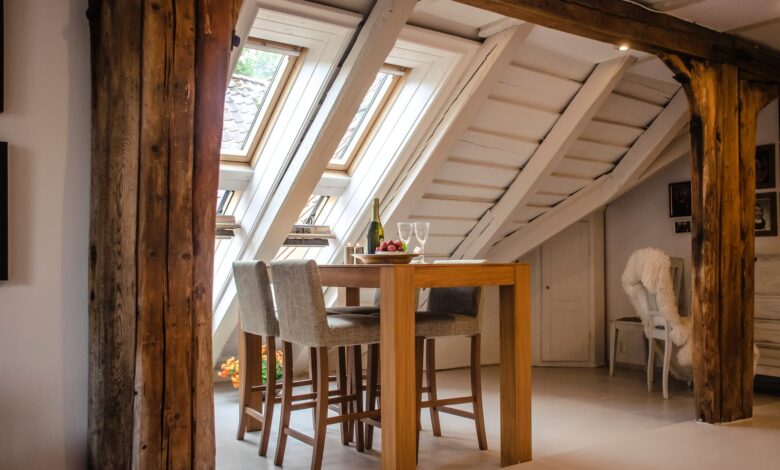
How to Convert Your Loft Space
Loft conversions are a popular choice for household renovations in the UK, and for good reason. Not only do loft conversions increase the available space and practical utility of your home, but they could increase the value of your home by as much as 24.5%.
But a loft conversion is a major intervention in your home, and can be a daunting process to begin without a solid understanding of how to achieve your vision. Here are three essential things to consider on your way to expanding your home.
Draw Up a Plan
Before you begin to budget for your new loft space, you will need to determine the feasibility of going through with conversion. The most essential factor you will need to examine is if your property is structurally sound enough to support the additional weight incurred by conversion. There are factors that can affect your enjoyment of any completed conversion, such as the head height available to you when the work is finished.
Next, you will need to make some fundamental decisions regarding your desired loft space and its function. Will you be using the space as a bedroom, whether for the household or for sleeping guests? Alternatively, will the space be a recreational space – or even storage? Your answer may have ramifications for the loft conversion process, including the number of windows installed and the provision of electrical outlets.
Add Storage
Whatever your designs, you will need to contend with the additional storage demands of a new room in your home – something often best achieved in the pre-planning process. This is because you can plan to include a fitted loft wardrobe to enable seamless storage in otherwise awkward spaces.
Fitted storage can be used for a variety of purposes, and tailored to your specific needs. With loft spaces so commonly used to store possessions and equipment out of sight, you may still need your converted loft space to ‘hide’ items such as seasonal decorations and tools; fitted storage can accomplish this without materially impacting the aesthetic of your finished space.
Make It Safe
Lastly, and perhaps most importantly, you will need to ensure the safety of your finished loft conversion. This is a broad field, but there are some chief considerations on which you should focus. Your loft will need to be fire-safe, through the use of non-flammable construction materials; it will need to be safe to access, through the installation of a permanent staircase or solidly constructed ladder; it will need to be safe to stand in, with the flooring solid enough so as not to risk collapse into the ceiling rafters below.







